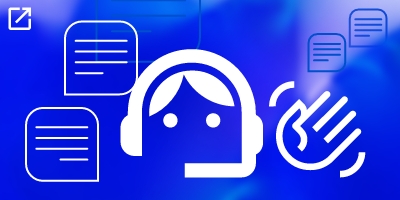- AI Solutions
- Industries
- AI Projects
- Knowledge
- About us
What is Financial Communication? - Retresco Encyclopedia
The formats and application fields of financial communication are as diverse as they are exciting: for example, stock, index, portfolio and fund reports provide up-to-date information on the performance of asset investments (“asset performance reporting”), while interactive assistants or chatbots are designed to answer customers’ questions about their financial situation, the market situation or their possible courses of action. For financial institutions and information service providers, communicating financial information to customers in real time and as easily as possible is a strategic success factor.
Automate financial communication
The use of automatically-generated, natural language reports can be found, among other things, in asset performance reporting. Asset performance reporting offers investors easy-to-understand, natural-language texts on the performance of the assets relevant to them (securities, funds, deposits, etc.) at all times. This creates the best possible transparency for investors and thus increases trust and the quality of advice.
Automatic text generation for asset performance reports
Asset performance reports are generated by automated text-generation techniques known as natural language generation (“NLG”), which is based on artificial intelligence procedures. Therefore, these reports adapt flexibly to different contexts (customer situation, market data, reader, etc.). They are also extremely variable in their length, structure and content.
Another decisive advantage is that, instead of simply describing data developments, they can include relevant context-related analysis results (BI, statistics, big data, etc.). Thus, in addition to easy-to-understand market and asset developments, the reports offer investors an investment strategy classification of the changes and show suitable options for action at any time.




